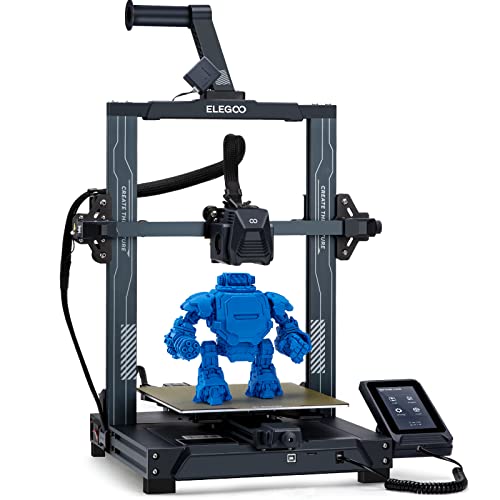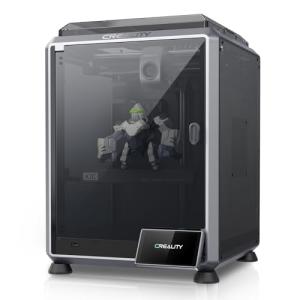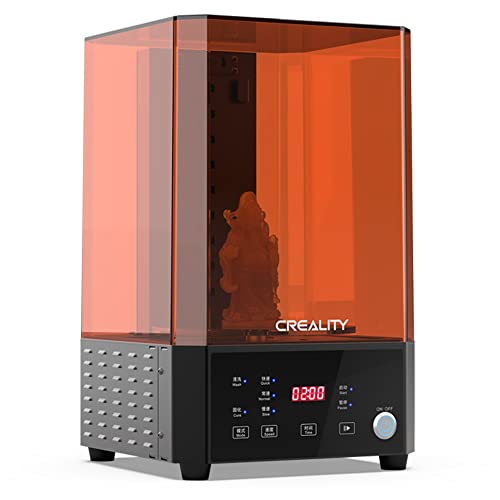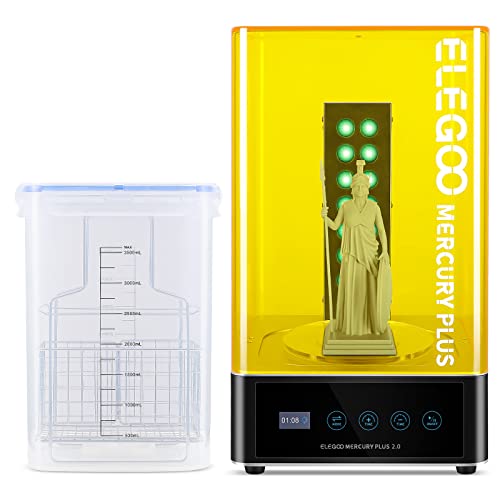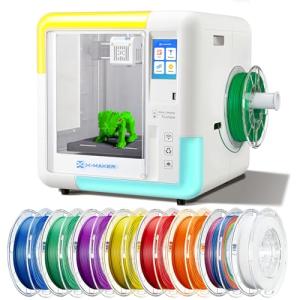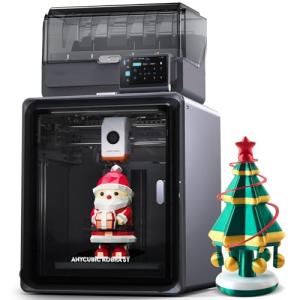Next up, you’ll want to pick the right materials. The most common material is PLA, which is easy to use and biodegradable. If you’re looking for strength and durability, consider ABS. Each material has its quirks, so take some time to read about them. Make sure you also get the right tools, like a scraper for removing prints and some sandpaper for finishing touches!
Don’t forget about the software! You’ll need slicing software to convert your 3D models into a file your printer can understand. Many printers come with their own software, but options like Cura and PrusaSlicer are popular too. These tools let you adjust settings like layer height and infill density, which can really impact the quality of your prints.
Once everything’s set up, dive into some 3D printing techniques. Start with simple designs to build your confidence. As you get the hang of it, challenge yourself with more complex projects. Joining online communities or forums can also be helpful. You’ll find plenty of tips, and the support can make all the difference as you learn the ins and outs of 3D printing. Happy printing!
Essential Tools and Materials You Need
Getting started with 3D printing means you need the right tools and materials. You can think of these as your trusty sidekicks on this journey into 3D Printing Techniques. Here's a quick rundown of what you'll definitely want to have on hand.
1. A Quality 3D Printer: First things first, you need a solid 3D printer. Look for something user-friendly with good reviews. If you’re a beginner, printers like the Creality Ender 3 or Prusa Mini are excellent choices. They offer great reliability and print quality without breaking the bank.
2. Filament: Filament is the star of the show in your 3D printing setup. PLA is a fantastic filament for newbies. It's easy to work with, biodegradable, and comes in a rainbow of colors. If you’re looking for something a bit tougher, you might want to explore ABS or PETG.
3. Software: You can’t skip over software—it’s what turns your ideas into reality! Programs like Ultimaker Cura or PrusaSlicer are great for slicing your designs into layers your printer can understand. They often come with helpful settings that cater to beginners, so you won’t feel lost.
4. Basic Tools: Lastly, grab some essential tools like a spatula for popping prints off the bed, tweezers for any cleaning, and a pair of scissors. These will come in handy for detailed work and ensuring your prints turn out just right.
ELEGOO Neptune 3 Pro: 3D Printer with Large Printing Size
Experience next-level 3D printing precision and efficiency with the ELEGOO Neptune 3 Pro, a large-format 3D printer tailored to your imagination
Product information
Product Review Score
4.56 out of 5 stars
217 reviewsProduct links
Simple Techniques for Better Prints
Getting the best 3D prints can be tricky, but with a few simple techniques, you can level up your game. First off, make sure your printer is well-calibrated. This means checking your bed leveling and ensuring the nozzle height is just right. If you're not sure how to do this, there are plenty of tutorials online that can help you out.
Next up, don't skimp on the material! Using high-quality filament can make a huge difference in print quality. Cheap filaments might save you a few bucks, but they'll likely lead to clogs or inconsistent prints. Stick with trusted brands and pay attention to the recommended settings for temperature and speed.
Temperature control is crucial for great results. If you're printing with PLA, keep an eye on your extruder and bed temperatures. Too hot can cause ooze, while too cool can lead to poor adhesion. It's worth doing a few test prints to find that sweet spot for your specific printer and filament combination.
Lastly, consider your print settings. Tweaking things like layer height and print speed can change the outcome dramatically. A smaller layer height can give you finer details, while slowing down the print can help avoid issues like stringing. Experiment a bit to find the right balance that fits your project.
Creality K1C 3D Printer with Fast Printing Speed
Experience high-speed 3D printing without sacrificing quality, perfect for any project
Product information
€520.23 €450.75
Product Review Score
4.21 out of 5 stars
217 reviewsProduct links
Troubleshooting Common 3D Printing Issues
Getting into 3D printing can feel like a wild ride, especially when you run into problems. Don’t worry! Most issues are easy to fix and part of the journey to mastering 3D printing techniques. Let’s look at some common hiccups you might face and how to tackle them.
1. First Layer Adhesion Issues
If your first layer isn’t sticking, it can ruin your print. Make sure your bed is level and clean. A little glue stick or painter's tape can work wonders too. Sometimes, raising the bed temperature helps the filament stick better.
2. Filament Jams
No one likes a jammed printer. If your filament isn't moving smoothly, check for obstructions in the feed tube. Also, make sure your extruder is set to the right temperature for your filament type. When in doubt, clean out the nozzle. A simple cold pull can help clear stubborn blockages.
3. Bad Prints (Stringing and Blobbing)
Seeing stringy webs or blobs on your prints? Adjusting your retraction settings can fix this. A little extra retraction can stop the filament from oozing out while moving. Lowering the printing temperature might help too.
With these tips in hand, you’re on your way to mastering 3D printing techniques and making your projects come to life. Don’t let these issues discourage you. Every problem is just a step toward becoming a pro!
